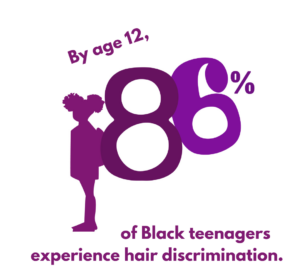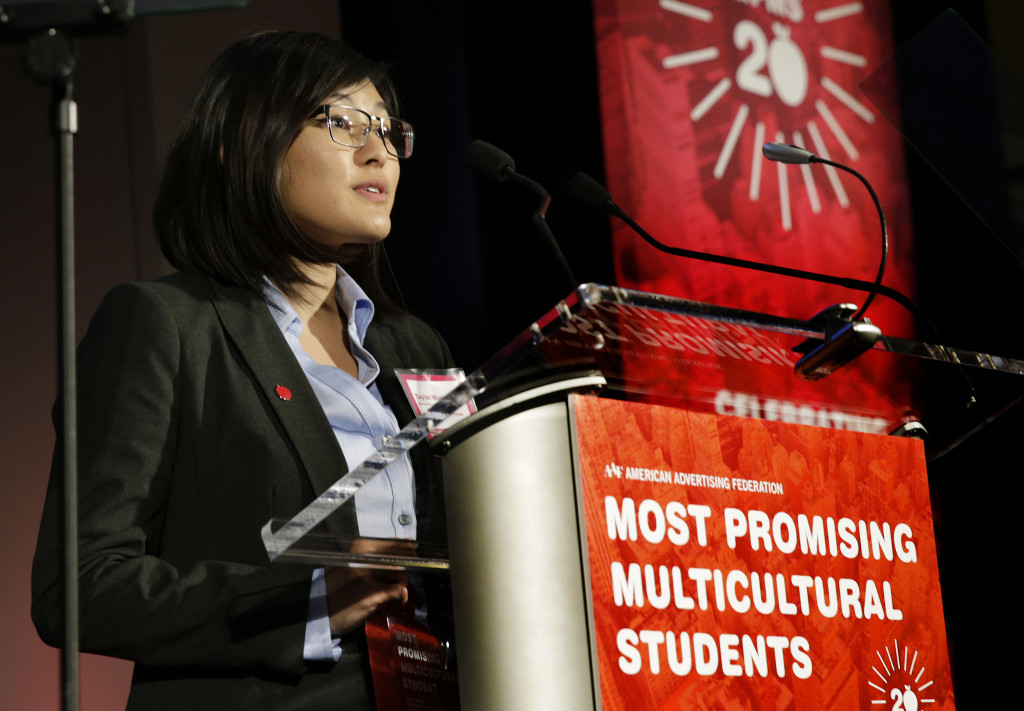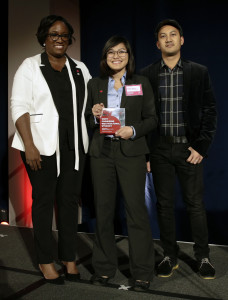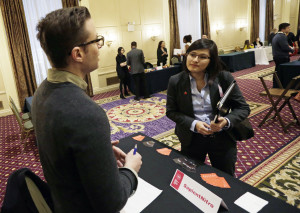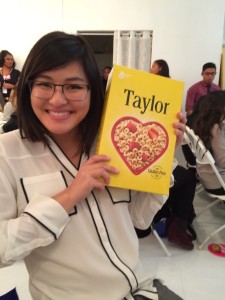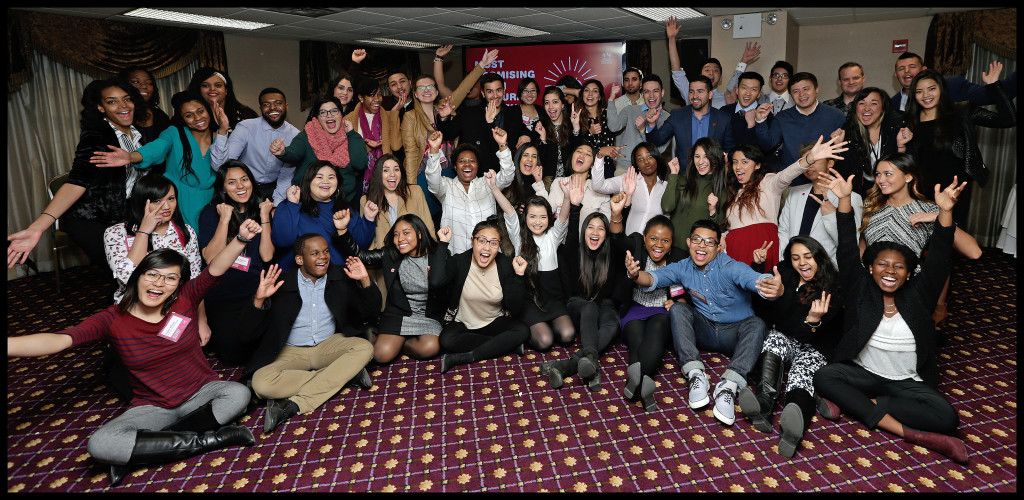Finding Care in the Chaos: Workplace Survival Guide
Advice on navigating the DEI program rollback from a young advertising professional.
By: Julie Sernaque
Let’s be real—it’s not looking too great right now. Because beyond the regular workplace headaches like the copy machine being forever out of order, we’re now experiencing the rollback of DEI programs nationwide. The aftermath leaves a lot of us wondering what this actually means, for us and for employees that head DEI initiatives.
The unraveling of these efforts is happening at a time when unity and access are needed more than ever. From systemic inequalities to workplace microaggressions, the challenges are mounting. And yet, even in the midst of this chaos, it’s possible to find care—both for ourselves and for one another.
Care for Ourselves
Caring for ourselves isn’t some “treat yourself” gen z trope, it’s a necessity. We’re navigating a world where inclusion and equity are being sidelined, and sometimes just showing up to work in these spaces can feel fundamentally off. It’s not indulgent to prioritize your well-being; it’s what allows you to keep going, keep fighting, and keep showing up.
Continue honing your craft, enjoy the arts, lose yourself in a movie—whatever feeds you. Whether it’s taking a midday walk, diving into a banned book, muting Slack notifications or setting firm boundaries, find what works for you. (And seriously, please protect your energy, doom scrolling isn’t self care!)
The chaos out there is real, so bringing peace within ourselves is a must.
Care for Others
The fight for equity is not an individual endeavor; it is a collective one. As overwhelming as it feels, this isn’t the time to go solo.
Start by building spaces of care in your workplace.
Check in with colleagues who might be feeling the weight of these policy changes.Lead with empathy and listening instead of inserting your own voice. Make space for others.
Speak up for one another in meetings, and share resources—whether it’s info on workplace rights, mental health support, or external DEI programs. Even something as simple as grabbing coffee together can make a difference. Joy and connection deserve room here, and it will be key to keeping us going.
Care in Advertising
Here’s the thing about creatives: we’re wired to dream big and get stuff done. The beautiful balance of creative thought and organizational acuity to actually accomplish it is what we need to create safe, equitable environments in the workplace. Let’s leverage that.
If you see a gap, whether it’s resources, support systems, or accountability, explore it. Share ideas with your team, suggest initiatives, and help create space for others who might not feel safe enough to speak out. DEI rollbacks considered,
The stories we tell shape the world we live in, so let’s tell stories of inclusion, justice, and hope.
For the Hope of It All
Diversity, Equity, and Inclusion (DEI) efforts are not just corporate buzzwords; they are the modern-day legacy of the civil rights movement. It’s what connects the progress of our past to the possibilities of our future. It’s what informs our work and shows us change is possible, because it’s already happened. Rolling DEI initiatives is a setback, but it doesn’t erase everything we’ve learned or accomplished. The fight isn’t over, because it can’t be.
We’re living in chaotic times, but that doesn’t mean love and joy have no place here. They’re what keep us going, what let us hold the tension between the world as it is and the world as it should be. Change starts with us—the status quo shifts when we step up. And guess what? We’re ready. We’ve always been ready.
TL;DR:
- Take Care: Of yourself and of others. The rest will follow.
- Know Your Rights: Familiarize yourself with workplace protections that remain in place despite recent rollbacks.
- Build Community: Join affinity groups or external organizations that focus on DEI.
- Advocate for Resources: Propose new initiatives or policies within your organization, we are building and dreaming.
The opinions expressed in this article are the writer’s own and do not reflect the views of Ad 2 or AAF.
This article is written by a volunteer writer for Ad 2 Orlando.






